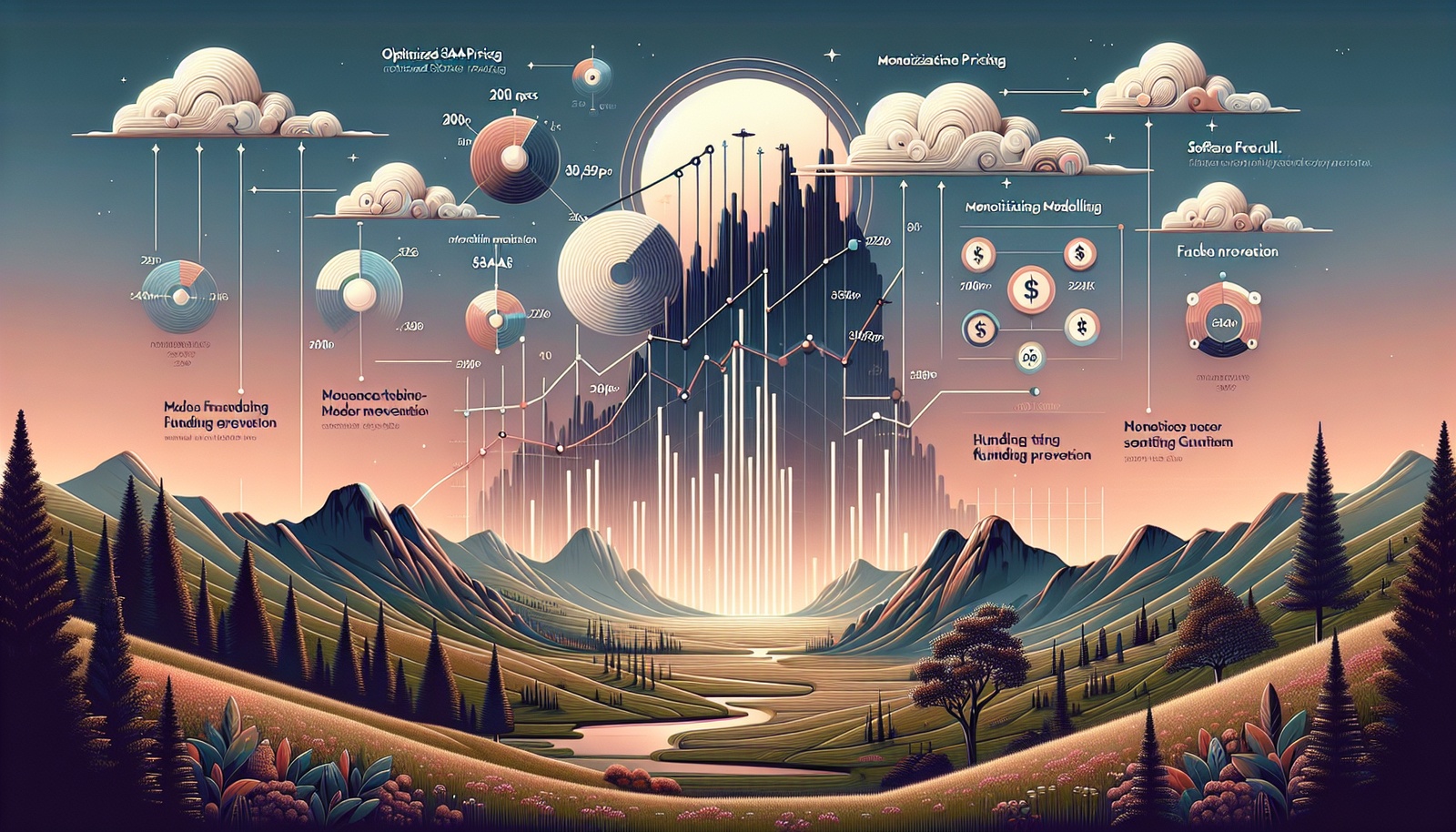Introduction: Why AI is Key to Reducing CAC in SaaS
Understanding Customer Acquisition Cost (CAC)
Customer Acquisition Cost (CAC) is a core KPI for SaaS companies—it represents the total sales and marketing expense required to acquire one new customer. As competition intensifies, optimizing CAC becomes a strategic imperative to protect margins and ensure scalable growth.
The Rising Challenge of CAC in SaaS
In recent years, SaaS companies have faced increasing advertising costs, lower conversion rates, and longer sales cycles. According to SaaS Capital, CAC has risen by over 60% since 2015. AI offers a powerful engine to reverse this trend by improving targeting, lead qualification, and overall marketing efficiency.
How AI Tools Directly Lower CAC for SaaS Companies
AI-Powered Targeting and Segmentation
AI helps companies identify high-converting customer segments using behavioral data, purchase history, and demographic info. Tools like Clearbit and MadKudu can automate prospect research and surface ideal accounts with higher precision than manual targeting.
Enhancing Lead Scoring and Qualification
Traditional lead scoring relies on static logic. AI introduces dynamic scoring models trained on previous wins and losses, prioritizing leads more likely to close. HubSpot’s AI features can boost open rates by 60% by predicting best-send times and segment interests.
Personalization at Scale Using AI
Salesforce reports that 84% of marketers using AI personalize customer journeys. From email content to on-site experiences, AI tools help deliver the right message at the right time—improving user engagement and decreasing drop-off.
AI-Powered Tools That Can Optimize Your CAC
Predictive Analytics Tools (e.g., HubSpot, Freshsales)
- Forecast which leads are most likely to convert
- Identify marketing channels with the highest ROI
- Enable dynamic A/B testing based on AI recommendations
Conversational AI and Chatbots (e.g., Drift, Intercom)
AI chatbots qualify leads in real-time and offer personalized responses. HubSpot shows that AI chat reduces manual sales intervention by 60%, freeing reps to focus on high-tier opportunities.
AI-Powered Advertising (e.g., Smart Campaigns in Google Ads)
Platforms like Google and Meta use machine learning to optimize bidding, placement, and creative testing. These campaigns adjust spend in real-time to maximize ROAS while minimizing cost-per-acquisition.
Best Practices for Seamless AI Implementation
Start with Clean, Structured Data
AI only works as well as the data it’s trained on. Ensure CRM and analytics data is accurate, clean, and consistently labeled across systems.
Choose Tools That Integrate with Existing CRM
Look for AI tools with native integrations to existing stacks like Salesforce, HubSpot, or Marketo to streamline workflows and minimize friction.
Train Teams with AI-Aware Workflows
Sales and marketing teams should be trained in interpreting AI data and adapting strategies accordingly, focusing less on gut instincts and more on data-driven actions.
Measuring Success: CAC Metrics You Should Track Post-AI Deployment
Before-and-After CAC Comparison
Benchmark your CAC before AI implementation and track reductions monthly as automations mature. Aim for a 15–30% CAC drop within 6–12 months.
Tracking Lead Quality and Conversion Rate
Monitor the proportion of qualified leads and how many convert over time. AI should boost sales-ready leads while reducing junk traffic.
Lifetime Value to CAC Ratio
The LTV:CAC ratio indicates long-term profitability. AI that improves retention and onboarding efficiency will lift LTV, further enhancing economics.
FAQ: Using AI to Optimize CAC
Focus Keyword: AI to reduce CAC






